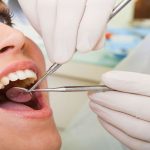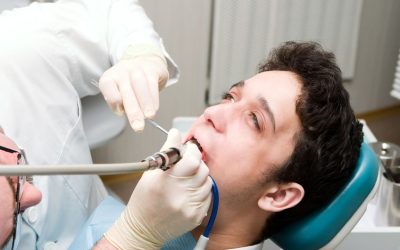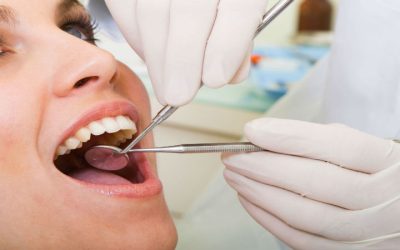Dental bridges in Fishers IN are used to replace a missing tooth, and thus, fill the void left by that tooth. There are two other procedures that are used to fill the void left by a missing tooth. These procedures are known as dental implants and partial dentures. There are essentially three types of dental bridges – the traditional bridge, the cantilever bridge, and the resin-bound bridge. The traditional bridge is more commonly used to replace a missing tooth.
The procedure begins with a thorough examination of the teeth and gums of an individual to determine if he or she is a good candidate for this procedure. This evaluation is followed by the preparation of the teeth that will support the Dental Bridges in Fishers IN. These teeth are called pillar teeth. If the abutment teeth are decayed or broken, they must be rebuilt so that they can be used as the load-bearing teeth. The dimensions of the abutment teeth are reduced by removing some of their enamel so that they can hold the material to be used to restore the size and shape of the original teeth in proper alignment.
The dentist takes an imprint of the person’s prepared teeth to create a pattern, which is then used for making the bridge and any associated needs. In the meantime, a temporary bridge is mounted to protect exposed teeth and gums. Once the permanent bridge is ready, a dentist removes the temporary bridge and mounts or cements the permanent bridge in place. The intermediate element, or the false tooth, is fixed to the crowns that cover the abutment.
The replacement crown can be made from gold, porcelain and/or alloys. The materials that are usually used for making bridges are, gold, porcelain, and porcelain fused to metal. This dental procedure can be performed for various reasons. A missing tooth will not only change a person’s look and the beauty of their smile, but can also affect his or her chewing. It can cause shifting of adjacent teeth and TMJ disorders as well. The gap left by a missing tooth can also trap food debris, and thus increase the risk of developing periodontal disease and tooth decay. Visit Fishersdentist4u.com for more details.








